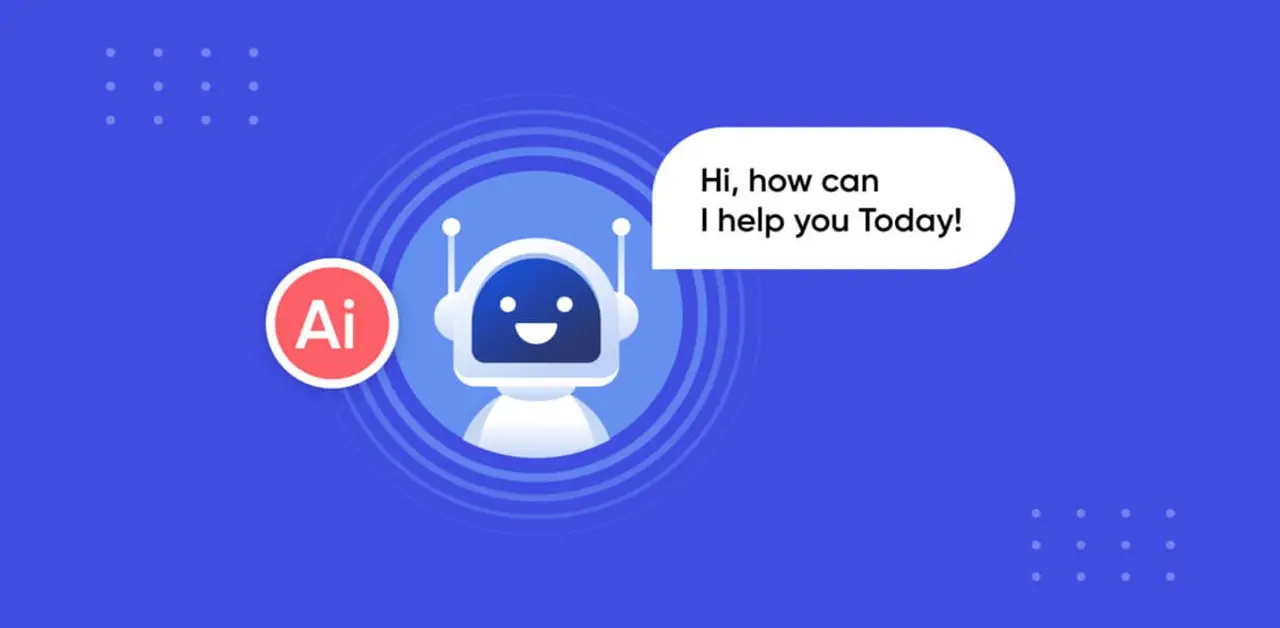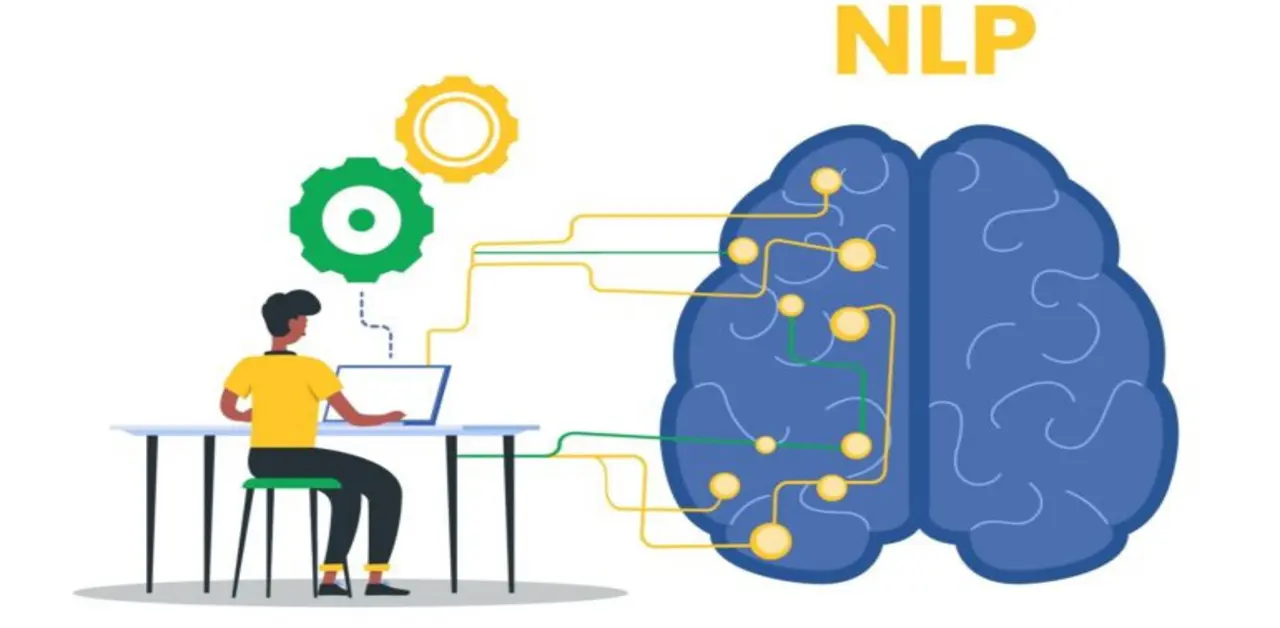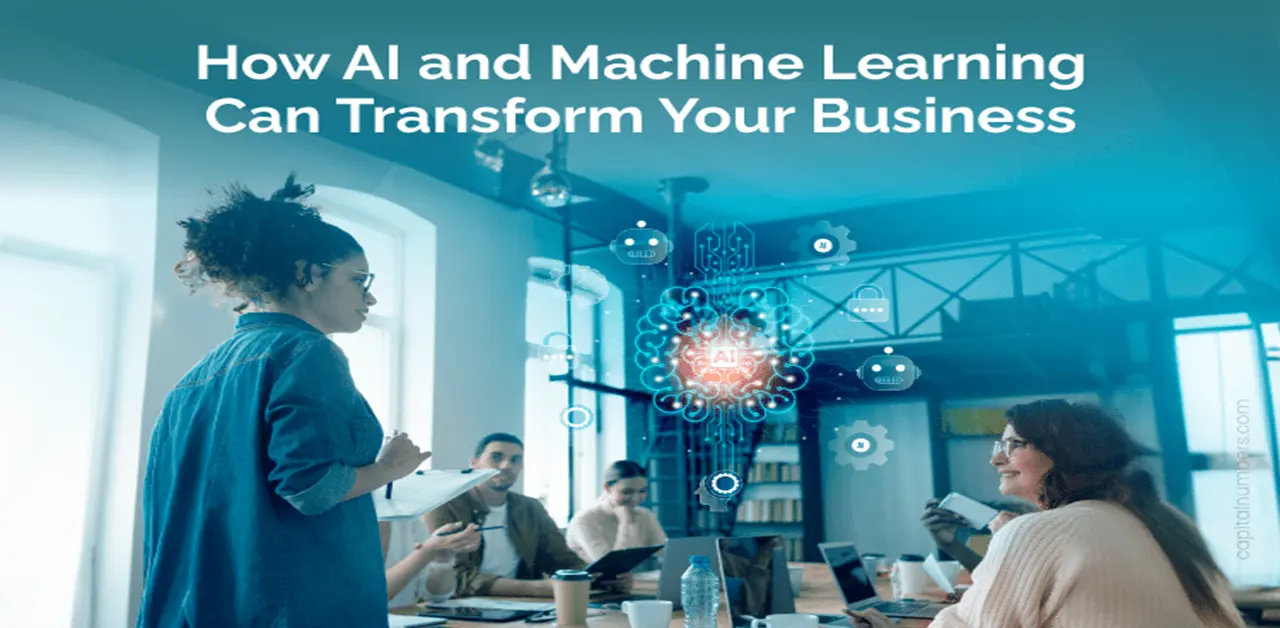Artificial intelligence (AI) has become a ubiquitous term, woven into the fabric of our daily lives. From the moment you wake up to a smart alarm on your phone to the personalized recommendations on your favorite streaming service, AI is silently working behind the scenes. But what exactly is AI? How does it work? And what does the future hold for this transformative technology?
This comprehensive blog post serves as your one-stop shop for understanding AI. We’ll delve into its core principles, explore its fascinating history, unpack different types of AI, and shed light on the underlying algorithms that power its intelligence. We’ll also discuss the numerous benefits AI offers, alongside the challenges and potential risks we need to consider. Buckle up, as we embark on this exciting journey into the world of artificial intelligence!
What is AI? A Simple Explanation
Imagine a machine that can learn, adapt, and solve problems – that’s the essence of artificial intelligence. In simpler terms, AI refers to the ability of machines to mimic human cognitive functions like reasoning, decision-making, and learning. It encompasses a broad range of technologies that enable computers to perform tasks traditionally associated with human intelligence.
Think of playing chess, recognizing faces in photos, or translating languages – these were once thought to be exclusively human capabilities. However, with advancements in AI, machines can now perform these tasks with remarkable accuracy and efficiency.
Key characteristics of AI:
- Learning: AI systems can learn from data and improve their performance over time. This learning can be achieved through various techniques, such as machine learning and deep learning (discussed later).
- Problem-solving: AI can analyze complex situations, identify patterns, and propose solutions.
- Adaptability: AI systems can adjust their behavior based on new information or changing circumstances.
- Decision-making: Given a set of options, AI can make informed decisions based on its understanding of the situation.
It’s important to note that AI doesn’t necessarily imply replicating human intelligence in its entirety. While some AI systems strive to achieve a general level of intelligence (known as artificial general intelligence, or AGI), most are currently focused on performing specific tasks exceptionally well (narrow AI). We’ll explore these different types of AI in more detail later.
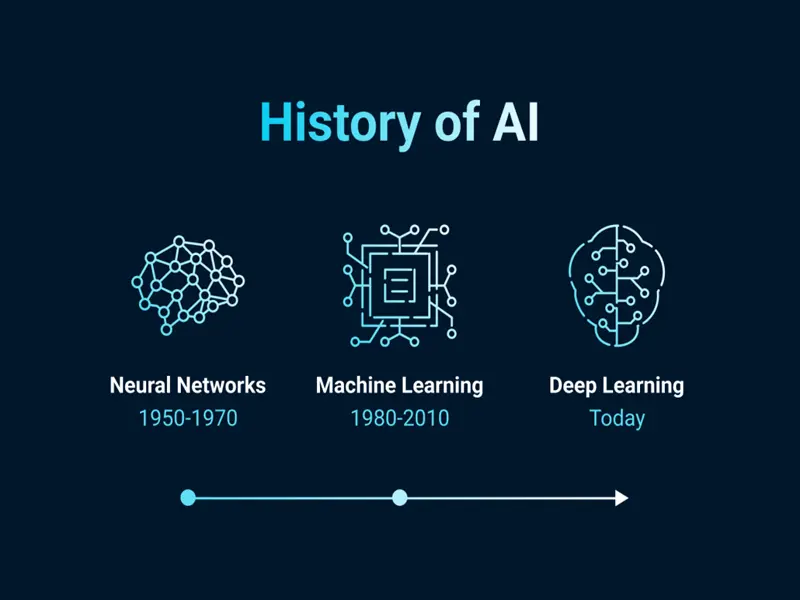
A History of Artificial Intelligence: From Vision to Reality
The concept of intelligent machines has captivated humanity for centuries. From ancient Greek myths of automatons to the fantastical robots of science fiction, humans have long dreamt of creating machines that can think and act like us. However, the field of AI as we know it today emerged in the mid-20th century.
Here’s a glimpse into the historical milestones that shaped AI:
- 1950s: The birth of AI is often credited to Alan Turing’s seminal paper, “Computing Machinery and Intelligence,” which introduced the Turing test, a benchmark for a machine’s ability to exhibit intelligent behavior equivalent to, or indistinguishable from, that of a human.
- 1960s: This decade saw a surge in AI research, with the establishment of the Dartmouth workshop, which is considered a landmark event in the field. However, limitations in computing power and the complexity of AI problems led to a period of decline in the late 1960s and 1970s (known as the “AI winter”).
- 1980s-1990s: The development of new algorithms and increased computing power revitalized AI research. Expert systems gained traction, and machine learning techniques like decision trees started to show promise.
- 2000s-Present: The 21st century has witnessed a revolution in AI. The explosion of data, combined with advancements in deep learning and powerful computing resources, has fueled the development of highly sophisticated AI systems capable of performing remarkable feats.
The history of AI is a testament to our relentless pursuit of creating intelligent machines. While we haven’t yet achieved true artificial general intelligence, the rapid progress in recent years suggests that the future of AI holds immense potential.
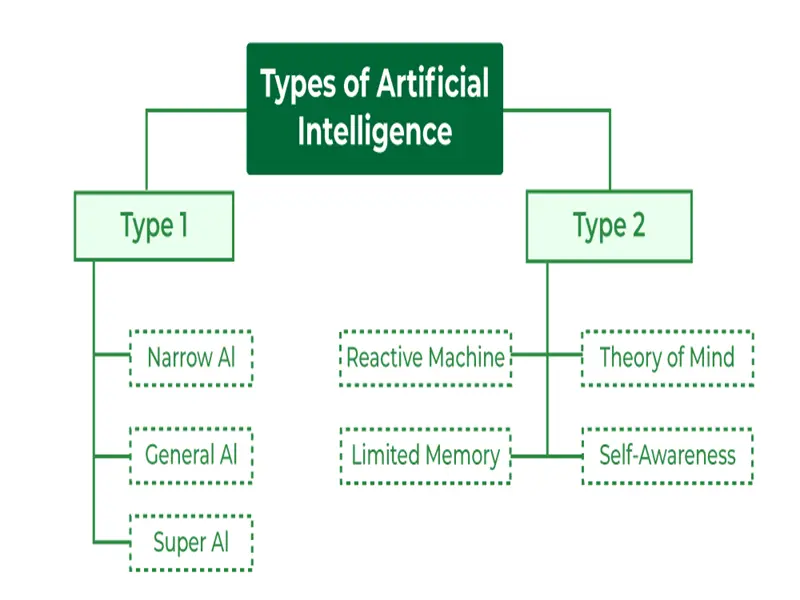
Different Types of AI:
Artificial intelligence (AI) can be classified in two main ways:
- Capability-based: This looks at how well an AI system can learn and apply its knowledge.
- Behavioral: This focuses on how an AI system interacts with the world.
Here’s a breakdown of the different types of AI based on these two classifications:
Capability-based AI
- Narrow AI (Weak AI):This is the most common type of AI, and it’s what most people think of when they hear the term “AI.” Narrow AI is designed to perform a specific task very well, such as playing chess, recognizing faces, or recommending products.
- General AI (Strong AI): This is a hypothetical type of AI that would be able to understand and learn any intellectual task that a human can. General AI does not currently exist.
- Super AI (Artificial Superintelligence): This is an even more hypothetical type of AI that would be able to surpass human intelligence in all aspects. Super AI is the stuff of science fiction, and it’s not clear whether it will ever be possible to create.
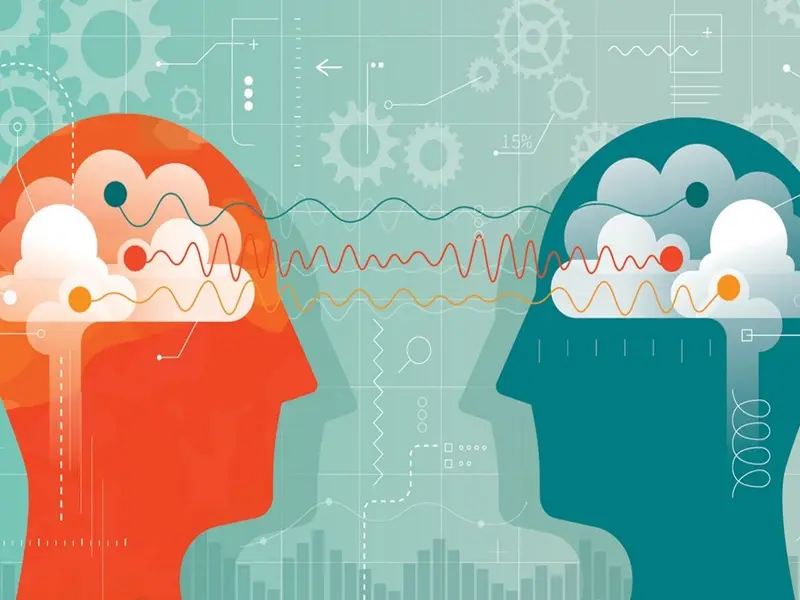
Behavioral AI
- Reactive machines: These are the simplest type of AI. They can only react to the current situation and have no memory of past events. An example of a reactive machine would be a thermostat, which simply turns on or off the heat based on the current temperature.
- Limited memory machines:These AI systems can remember past events and use that information to make decisions. However, their memory is limited, and they can only learn from a small set of experiences. An example of a limited memory machine would be a self-driving car that can learn to avoid obstacles on the road, but it cannot learn new things outside of its programming.
- Theory of mind AI: This type of AI is still hypothetical, but it would be able to understand the mental states of others. This would allow the AI to reason about what other people are thinking and feeling, which would be essential for tasks such as social interaction and negotiation.
- Self-aware AI: This is another hypothetical type of AI that would be conscious of itself and its own existence. Self-aware AI is a controversial topic, and there is no scientific consensus on whether it is possible or desirable.
It’s important to note that these are just some of the ways that AI can be classified. There is a lot of ongoing research in the field of AI, and new types of AI systems are being developed all the time.
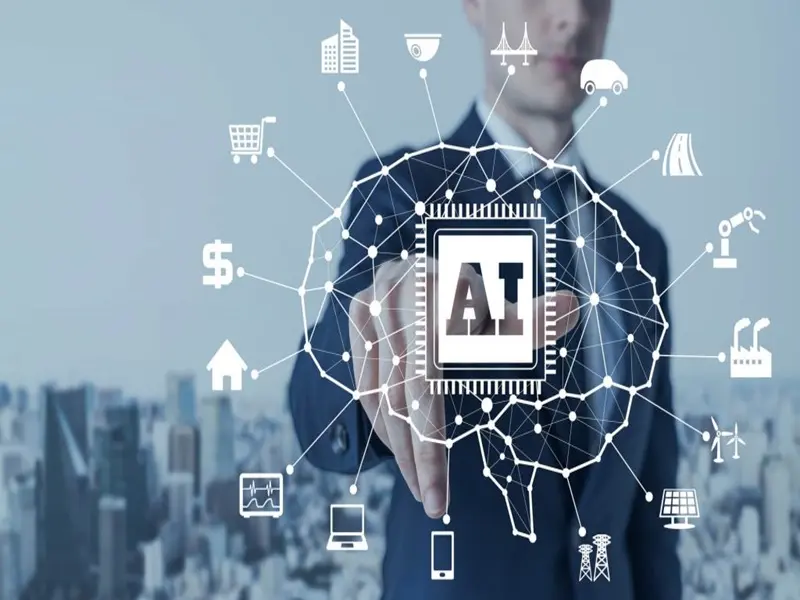
How Does AI Work? The Underlying Algorithms
AI rides on the power of algorithms, which are essentially a set of instructions that tell a computer what to do and how to do it. But for AI, these algorithms aren’t static lists; they’re designed to learn and improve over time. Here’s a peek under the hood:
- Data, Glorious Data: The fuel for AI is data. Massive amounts of data are fed into the system, text, images, numbers, you name it. This data can be labeled (think “cat picture” or “incorrect translation”) or unlabeled, where the AI finds its own patterns.
- Learning Algorithms: These are the workhorses of AI. Common types include:
- Machine Learning: This allows the AI to learn from data without explicit programming. It uses algorithms like decision trees or neural networks to identify patterns and make predictions.
- Deep Learning: A subfield of machine learning inspired by the human brain. Deep learning uses artificial neural networks with many layers to process complex data like images or speech.
- Training and Refinement: The AI is exposed to the data, and the algorithms continuously adjust and improve their performance. This can involve fine-tuning parameters or weights within the algorithms. Imagine a student getting better at solving math problems with practice.
- Making Decisions: Once trained, the AI can take new, unseen data and apply its learned knowledge. For example, a facial recognition system might analyze a new photo and determine if it matches someone in its database.
- Feedback Loop: In some cases, the AI can receive feedback on its decisions. This feedback can be used to further refine the algorithms and improve performance over time. For instance, a self-driving car might receive feedback from a human driver if it makes a wrong turn.
It’s important to remember that AI algorithms are constantly evolving. Researchers are developing new algorithms and architectures to tackle even more complex problems. So, while this gives you a basic understanding, the world of AI algorithms is a fascinating and fast-moving field.
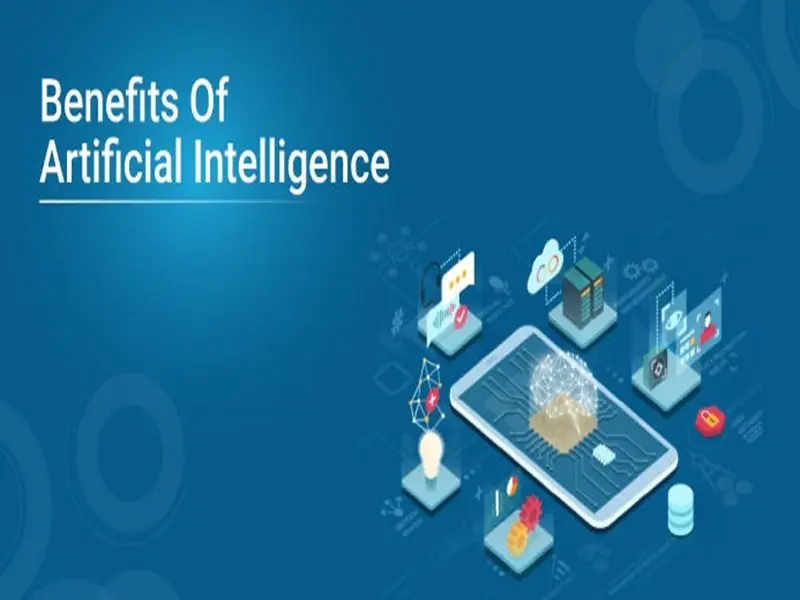
Benefits of Artificial Intelligence
AI has woven itself into the fabric of our lives, and its benefits are vast. Here are a few key areas where AI shines:
- Efficiency and Automation: AI excels at repetitive tasks, freeing up human time and resources for more creative endeavors. Imagine AI handling data entry, scheduling appointments, or even writing routine reports.
- Enhanced Decision Making: AI can analyze massive amounts of data to identify trends and patterns invisible to humans. This can inform better choices in fields like finance, medicine, and even marketing.
- Innovation and Progress: AI is a powerful tool for scientific discovery and technological advancement. AI can analyze complex simulations, design new materials, or even accelerate drug development.
- Personalized Experiences: AI can personalize our experiences by tailoring recommendations, curating content, or optimizing products and services to our individual needs.
- Improved Accuracy and Reduced Errors: AI can perform tasks with high precision, minimizing human error in areas like manufacturing or surgery.
- 24/7 Availability: AI-powered systems work tirelessly, providing constant service and support, like virtual assistants or chatbots that can answer your questions anytime.
These are just a few examples, and as AI continues to develop, we can expect even more benefits to emerge in the future. AI has the potential to revolutionize many aspects of our lives, from the mundane to the extraordinary.
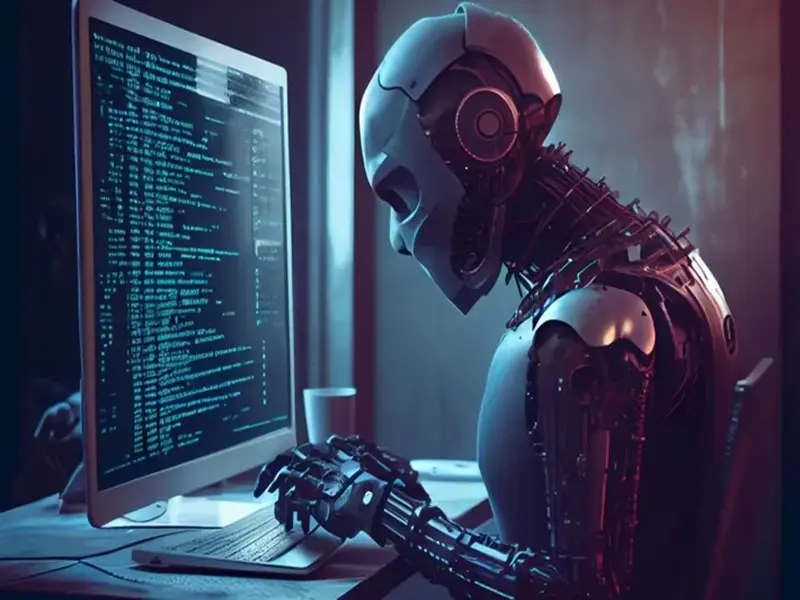
Challenges and Risks of AI
Despite its immense potential, AI also presents certain challenges and risks that need to be addressed:
- Job displacement: Automation through AI could lead to job losses in certain sectors. It’s crucial to develop strategies for retraining and reskilling the workforce to adapt to the changing job market.
- Bias and discrimination: AI algorithms can perpetuate existing biases in society if the data they are trained on is biased. Mitigating bias in AI systems is critical to ensure fair and ethical use.
- Privacy concerns: AI systems that collect and analyze personal data raise privacy concerns. Robust regulations and ethical frameworks are needed to ensure the responsible use of AI.
- Safety and security: The safety and security implications of AI, particularly in autonomous systems like self-driving cars, require careful consideration and stringent testing procedures.
- The existential threat: Some experts raise concerns about the potential for superintelligence to pose an existential threat to humanity. While this remains a speculative future, it highlights the importance of responsible development and governance of AI.
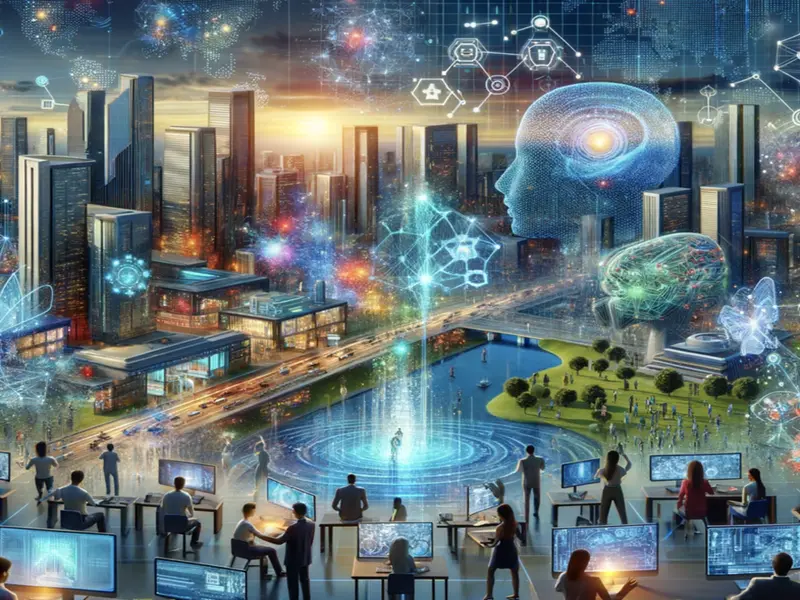
The Future of AI – A Collaborative Journey
The journey of artificial intelligence is far from over. As we move forward, it’s crucial to approach AI development with a sense of responsibility and a commitment to ethical considerations. Here are some key takeaways to consider:
- AI is a powerful tool: Used wisely, AI has the potential to solve some of humanity’s most pressing challenges and improve our lives in countless ways.
- Collaboration is key: Researchers, developers, policymakers, ethicists, and the general public all need to work together to ensure responsible and beneficial AI development.
- Human-centered AI: AI should be designed to augment human capabilities, not replace them. The focus should be on creating a future where humans and machines work together in harmony.
- Addressing challenges: We must proactively address the challenges posed by AI, such as bias, job displacement, and privacy concerns.
- Transparency and explainability: AI systems should be designed to be transparent and explainable, allowing us to understand how they arrive at decisions.
- Continuous learning: The field of AI is constantly evolving. We must commit to continuous learning and adaptation to ensure AI remains a force for good.


